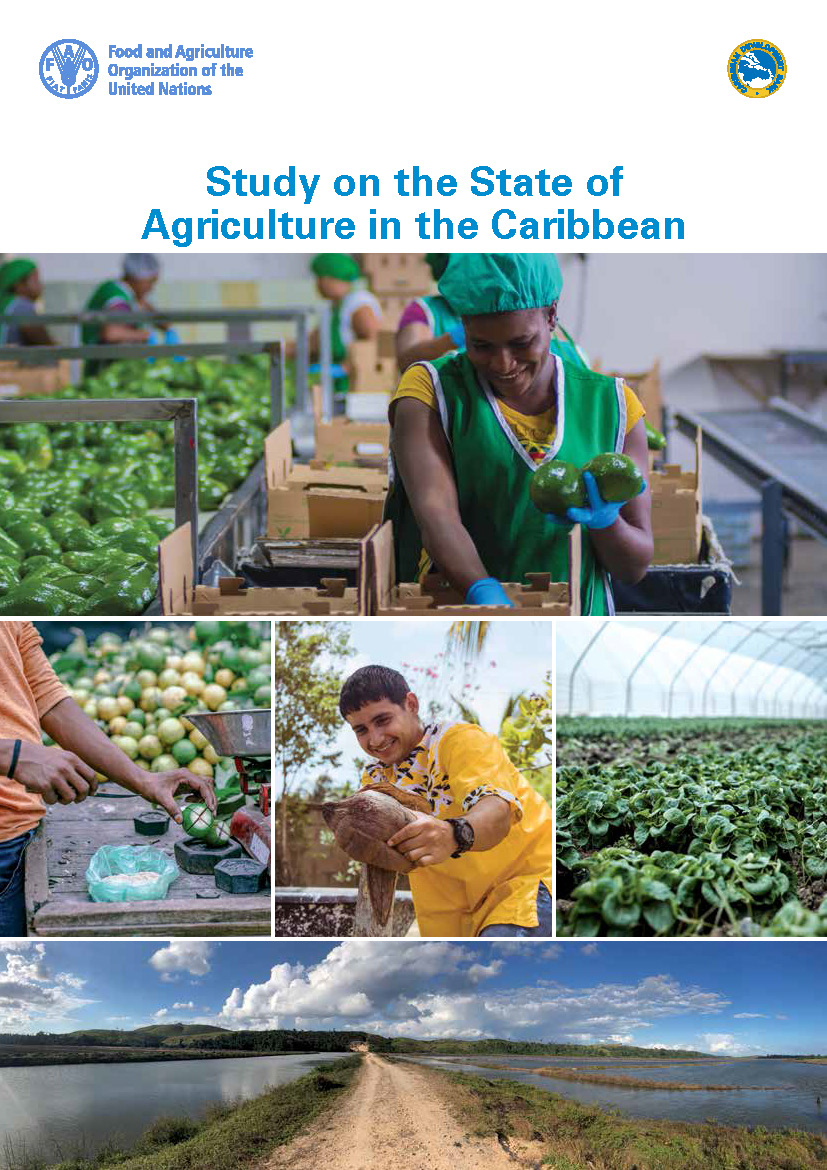
The majority of the Caribbean Development Bank’s (CDB) Borrowing Member Countries (BMCs) have achieved key development milestones in the post-independence era, including relatively high human development indices and middle-income status. Nonetheless, BMCs continue to face significant socio-economic and climate challenges. These include low and variable economic growth; unsustainable debt and weak fiscal management; high unemployment; high prevalence of non-communicable diseases; vulnerability to the effects of climate change and natural hazards; environmental degradation; crime and increasing threats to citizen security; as well as persistent and extreme poverty and food insecurity. Most of these socio-economic and climate challenges bear distinctive gender imbalances.
Since its inception, the CDB has identified the development of the agriculture sector in its BMCs as one of its main priorities. In 2017, following forty years of structural change in the BMCs’ agricultural sector, the CDB decided to update and revisit its Agriculture Sector Strategy, which dates back to April 1981. This decision would allow the CDB to confront old and new challenges with a new vision, especially considering the BMCs’ heavy dependence on food imports, the end of the preferential European Union market access for sugar and bananas, financial instability, and climate change.
Today, BMCs face major challenges in their attempt to improve the competitiveness of the agriculture sector, including fisheries and aquaculture. Growth in agricultural productivity has been slow and the sector suffers from high trade costs and a low capacity to comply with modern food safety and quality standards. Consequently, the agriculture sector has been unable to adequately respond to rapidly growing demand for high-standard, agri-food products from the tourism, processing, and retailing sectors, in and outside the region. Instead, the growing demand in these sectors in the region is mainly fulfilled by imports. The region’s agricultural sector is also constrained by ever-growing pressure on natural resources and a high vulnerability to climate change.
However, there is great potential for strengthening market linkages and helping farmers, fishers, and agri-food businesses to catch up with current best practices and technologies. If the region succeeds in fulfilling this potential without further compromising its natural capital and related ecosystem services, agriculture can be an important source of economic growth and a key contributor to poverty reduction, particularly for households that benefit less from growth in other sectors. In addition, through the promotion of inclusive and sustainable agricultural development, the CDB can contribute to overcoming major socio-economic and environmental challenges in the region, including food and nutrition insecurity, obesity, youth unemployment, gender inequality, the unsustainable use of natural resources, and climate change.
This report on the State of Agriculture in the Caribbean supports the development of a new CDB Agricultural Policy and Strategy Paper (APSP), by identifying key trends in agriculture in BMCs, and the related opportunities for investments to promote growth, reduce poverty, and ensure sustainability.
Executive summary
Background and main objectives
CDB Borrowing Member Countries: Key characteristics and classification
Economic growth, employment, poverty, food security, and gender inequality
Structural transformation in the agriculture sector
Agri-food trade and global value chains
Climate change and natural hazards
Institutions and governance
Challenges, opportunities, and investment priorities

